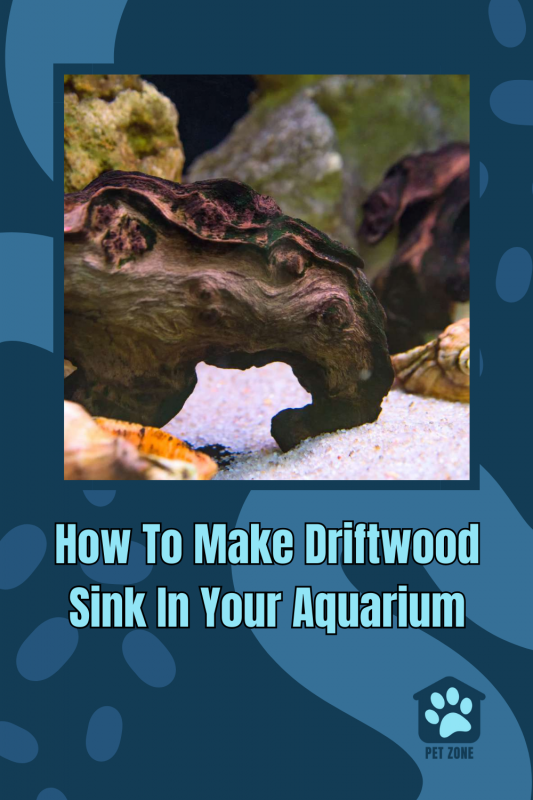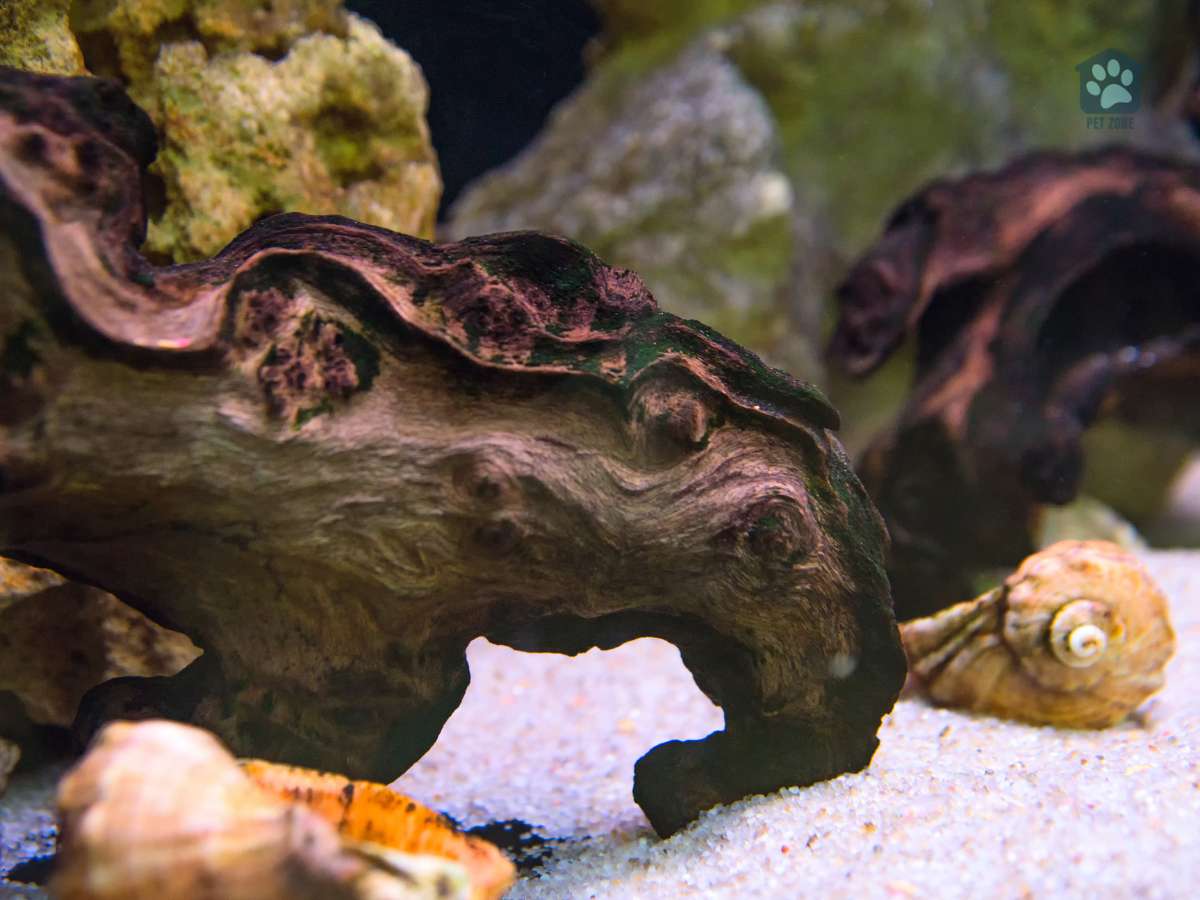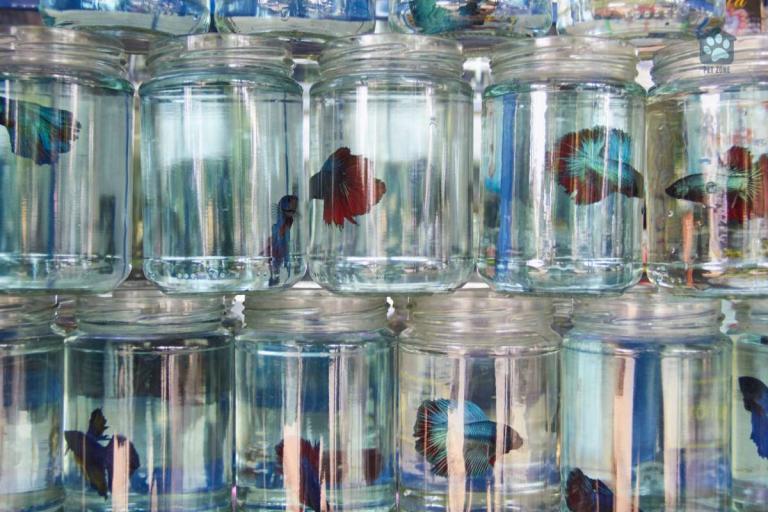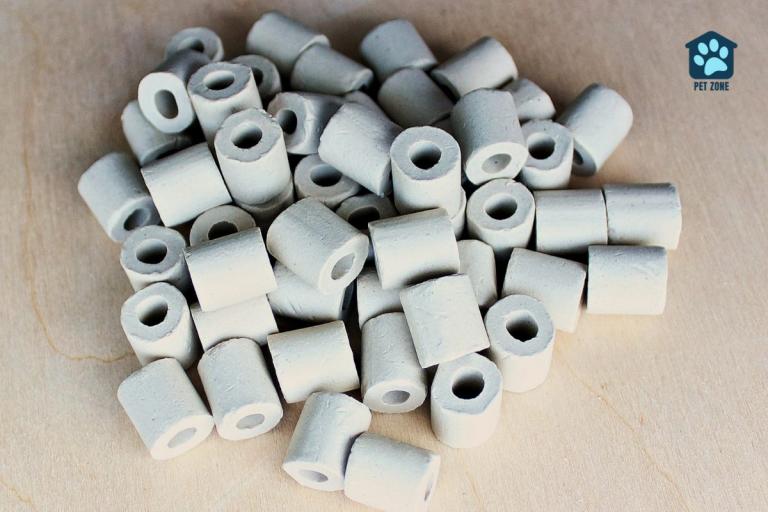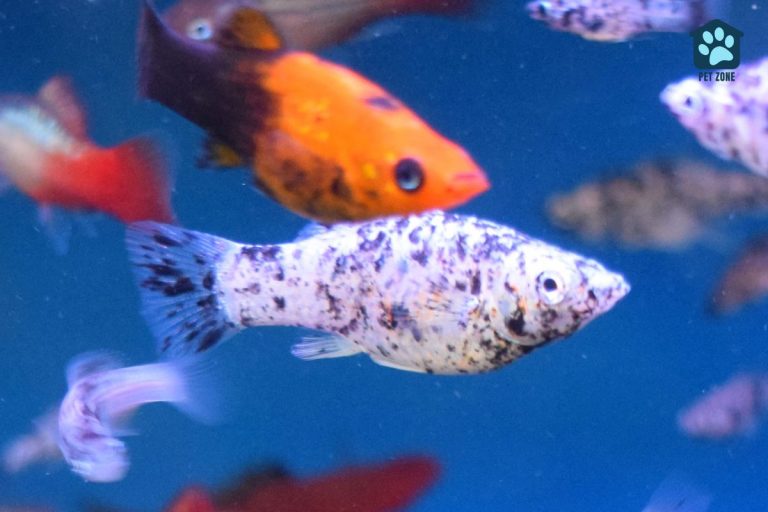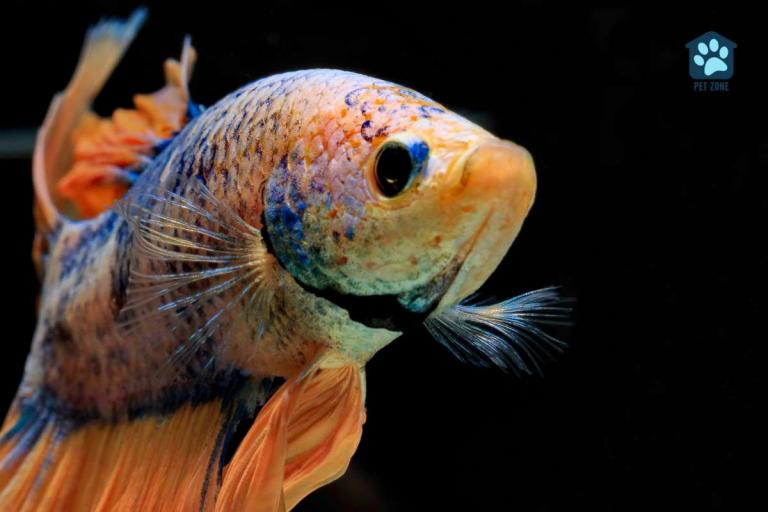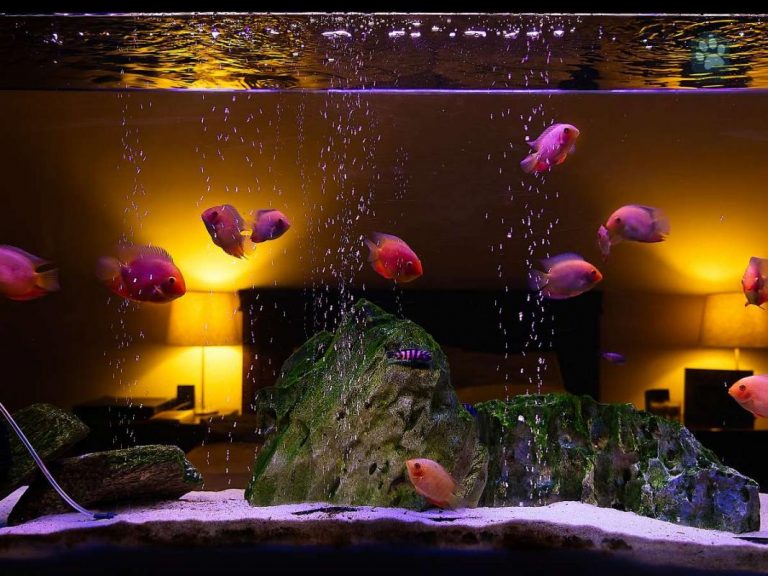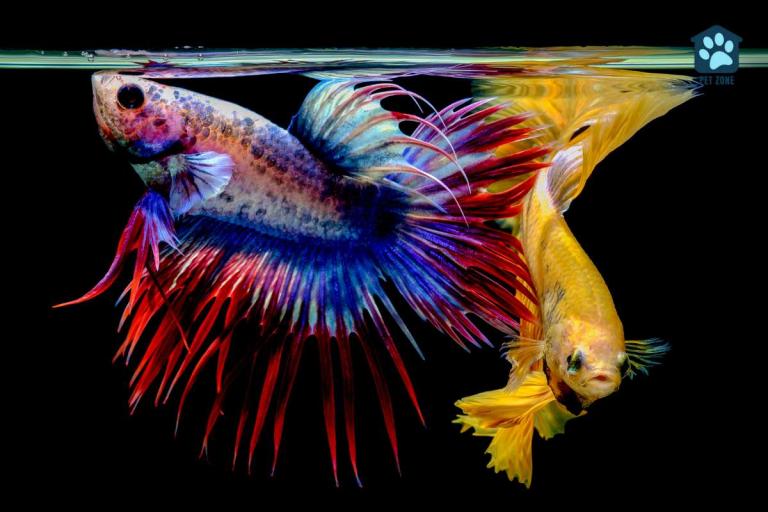Driftwood is a natural and beautiful addition to any aquarium, but it can also be a nuisance if it refuses to sink. If you’re struggling with floating driftwood in your fish tank, fear not! We will explore various methods and tips to help you achieve the desired result without damaging your fish or aquarium equipment.
By the end of this article, you’ll have the knowledge and skills to successfully sink driftwood and create a natural and functional aquatic environment.
Why is it essential to make driftwood sink in an aquarium?
If you’re new to aquariums, you might be wondering why sinking driftwood is important. Well, the answer is simple – floating driftwood can disrupt the perfect balance of your aquarium ecosystem. Sinking the driftwood helps to create a more natural environment for your aquatic pets.
When driftwood floats, it can bring along unwanted bacteria, fungi, and other microorganisms that harm the aquarium’s inhabitants, making them more susceptible to diseases. There are also aesthetic reasons for sinking driftwood as it can ruin the overall look of the aquarium and may even block out light, hampering plant growth.
Thankfully, there are several methods to make your driftwood sink in an aquarium. These techniques include boiling, using weights, natural soaking, and even the use of beneficial bacteria. There’s no need to worry as this guide will provide you with tips and tricks to achieve the perfect result without having to shell out a lot of money.
Best practices for sinking driftwood in fish tanks
When it comes to sinking driftwood in an aquarium, there are several techniques you can use. Each method has its pros and cons, and some work better than others depending on the type and size of the driftwood. Here are some of the best practices for sinking driftwood in fish tanks:
Boil the driftwood
Boiling driftwood is one of the most popular methods to sink it in the aquarium. It is a simple technique that involves submerging the wood in boiling water for several hours until it becomes waterlogged. Boiling will also help to remove any tannins, which can cause discoloration of the water.
To get started, gather some large pots or containers that will accommodate the size of your driftwood. Bring enough water to a boil to fully submerge the wood. It is important to note that some types of driftwood may release toxins when boiled. Therefore, it is best to research the type of wood you have before boiling.
Once boiling, place the driftwood in the pot and allow it to boil for several hours. You can change the water every hour or so to speed up the process. After several hours, the wood should become waterlogged and sink to the bottom of the pot. Allow it to cool before placing it in the aquarium to avoid any temperature shock to your fish.
While boiling is effective, it can also remove some of the natural tannins and oils from the wood, which can affect the overall aesthetics of the aquarium. Additionally, if you have a large piece of driftwood, it may not fit in your pot, making it difficult to boil.
Use weights
Using weights is another way to sink driftwood in the aquarium. You can use a variety of objects as weights, such as rocks or aquarium-safe objects. Simply tie the weight to the driftwood using a fishing line or similar material and submerge it in the aquarium. Over time, the weight will help the driftwood sink to the bottom of the tank.
This method can be effective, but it may take some time for the driftwood to sink completely. Additionally, tying weights to the driftwood can be tricky, and if done improperly, it can damage the wood itself.
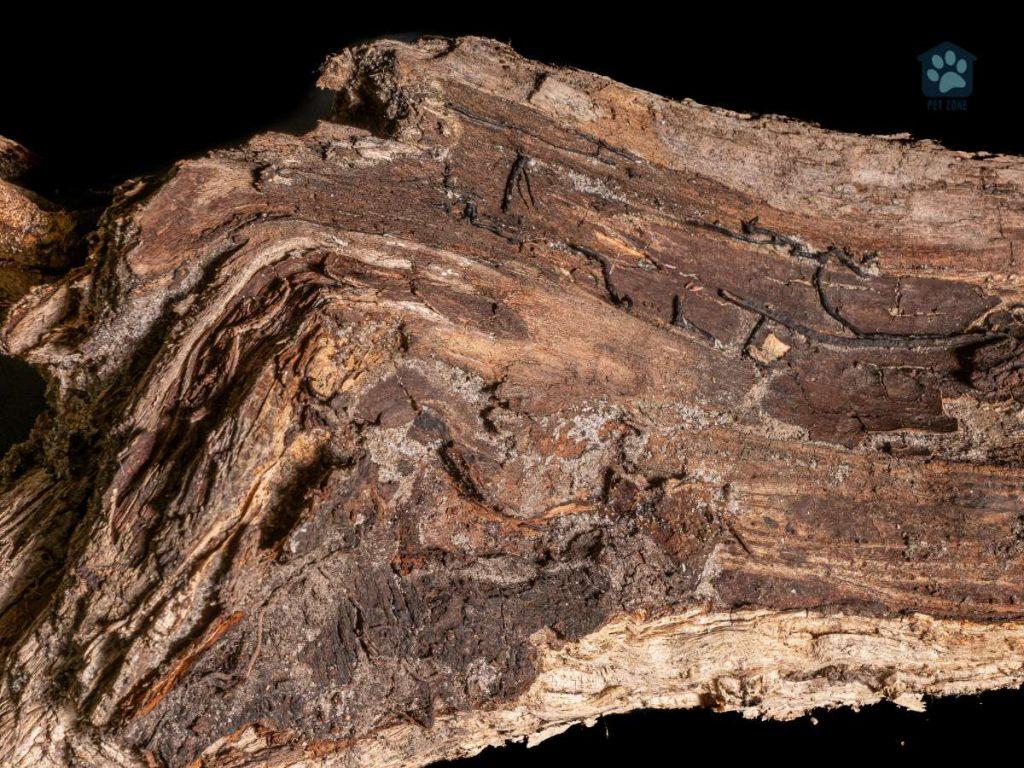
Natural ways to sink driftwood in the aquarium
While boiling and using weights can be effective methods to sink driftwood in the aquarium, there are also natural ways to achieve this without the need for these techniques. Here are some simple DIY driftwood sinking techniques to try:
Soak the driftwood
Soaking the driftwood in water is a natural way to sink it in the aquarium. Simply fill a container with water and submerge the driftwood, making sure it is fully covered. Leave the driftwood to soak for several days or even weeks, depending on the size and density of the wood. As the wood absorbs water, it will become heavier and eventually sink to the bottom of the tank.
This method can be effective and doesn’t require any special equipment or materials. However, it can take a long time for the driftwood to sink completely, and the prolonged soaking can cause the water to become discolored or develop an odor.
Use beneficial bacteria
Using beneficial bacteria is another natural way to make driftwood sink faster in the aquarium. Beneficial bacteria can help break down the natural oils and tannins in the wood, making it easier for it to sink. You can add beneficial bacteria supplements to the aquarium water or use a bacterial starter culture to speed up the process.
This method can be effective and doesn’t require boiling or weights. However, it can take some time for the bacteria to break down the wood, and the driftwood may still require additional soaking or weight to fully sink.
Natural decay
Finally, you can wait for the driftwood to decay naturally. Over time, the wood will break down and become waterlogged, sinking to the bottom of the aquarium. This process can take several months, so it is not the most practical method, but it is a natural way to sink driftwood and provides a source of food for beneficial bacteria.
Remember that natural methods can take longer than other techniques, but they are usually gentler on the wood and safer for your aquarium inhabitants. Try experimenting with different natural methods to find the one that works best for you and your aquarium.
When choosing a technique to sink driftwood in your aquarium, consider the size and type of wood you have, as well as your personal preferences for aesthetics and natural methods. With these best practices, you can ensure that your driftwood stays securely and naturally in place in your aquarium.
It’s essential to exercise patience when sinking driftwood naturally in an aquarium. This method may take longer than boiling or using weights, but it’s a safer and healthier option for your aquatic environment.
Securing Driftwood in the Aquarium
Once you’ve successfully sunk your driftwood, the next step is to make sure it stays in place. This can be accomplished using various techniques that are safe for your aquarium’s inhabitants. Here are some tips for securing driftwood in your aquarium:
- Attach the driftwood to rocks: One of the most popular ways to secure driftwood is to attach it to rocks using fishing line or thread. This will anchor the driftwood in place and prevent it from floating to the surface.
- Use aquarium-safe adhesives: Another option is to use aquarium-safe adhesives like silicone to secure the driftwood in place. This can be a convenient and effective way to keep the driftwood in one spot.
- Balance the driftwood: If your driftwood has a flat or broad base, you can simply balance it on the aquarium floor. This is a great option if you want to move the driftwood around or change its position over time.
- Include other decor: Adding other aquarium decor like plants or rocks around the driftwood can also help to keep it in place. This can create a more natural-looking environment for your fish and other aquatic creatures while preventing the driftwood from floating away.
By using these tips to secure your driftwood, you can ensure that it stays in place and enhances the look of your aquarium while providing a functional environment for your aquatic creatures.
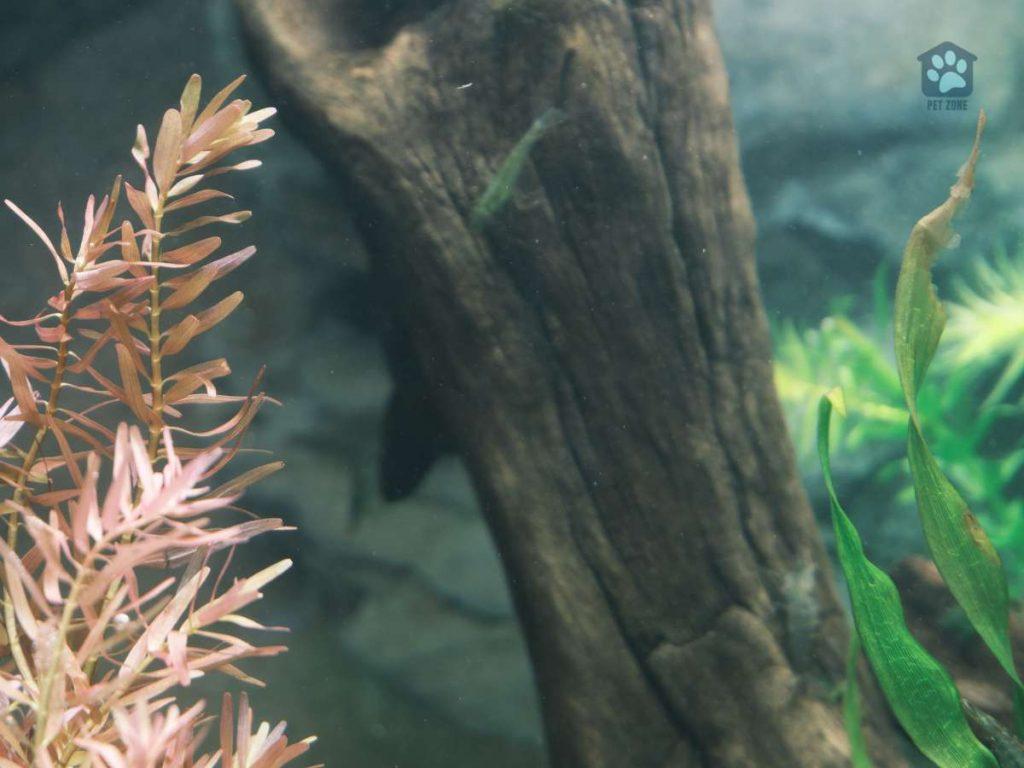
Conclusion
Sinking driftwood in an aquarium is a vital step in maintaining a natural and healthy aquatic environment. Remember to consider the various methods of sinking driftwood, including boiling, using weights, and natural techniques such as soaking and bacterial decomposition.
Additionally, take care to secure your driftwood once it has sunk, using methods like attaching it to rocks or using aquarium-safe adhesives.
By following these best practices for sinking driftwood in fish tanks, you can ensure that your aquarium remains a beautiful and healthy home for your aquatic pets for years to come.
Sinking Driftwood Tips and Aquarium Driftwood Sinking Techniques
For additional tips and expert advice on sinking driftwood in an aquarium, be sure to consult with your local pet store or aquarium specialist. They can provide valuable insights and recommendations based on your specific tank set-up and needs.
As an Amazon Associate I earn from qualifying purchases.
